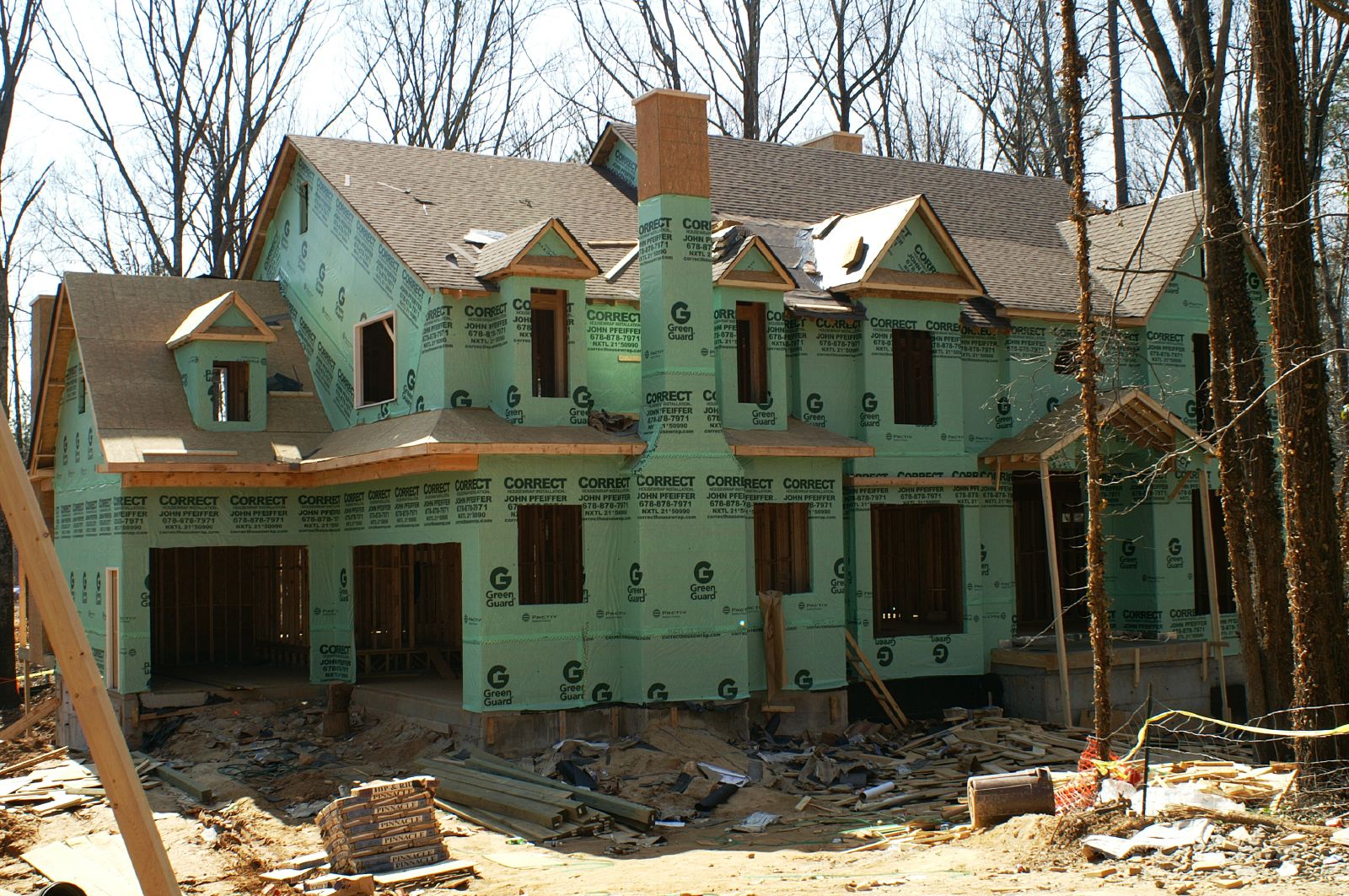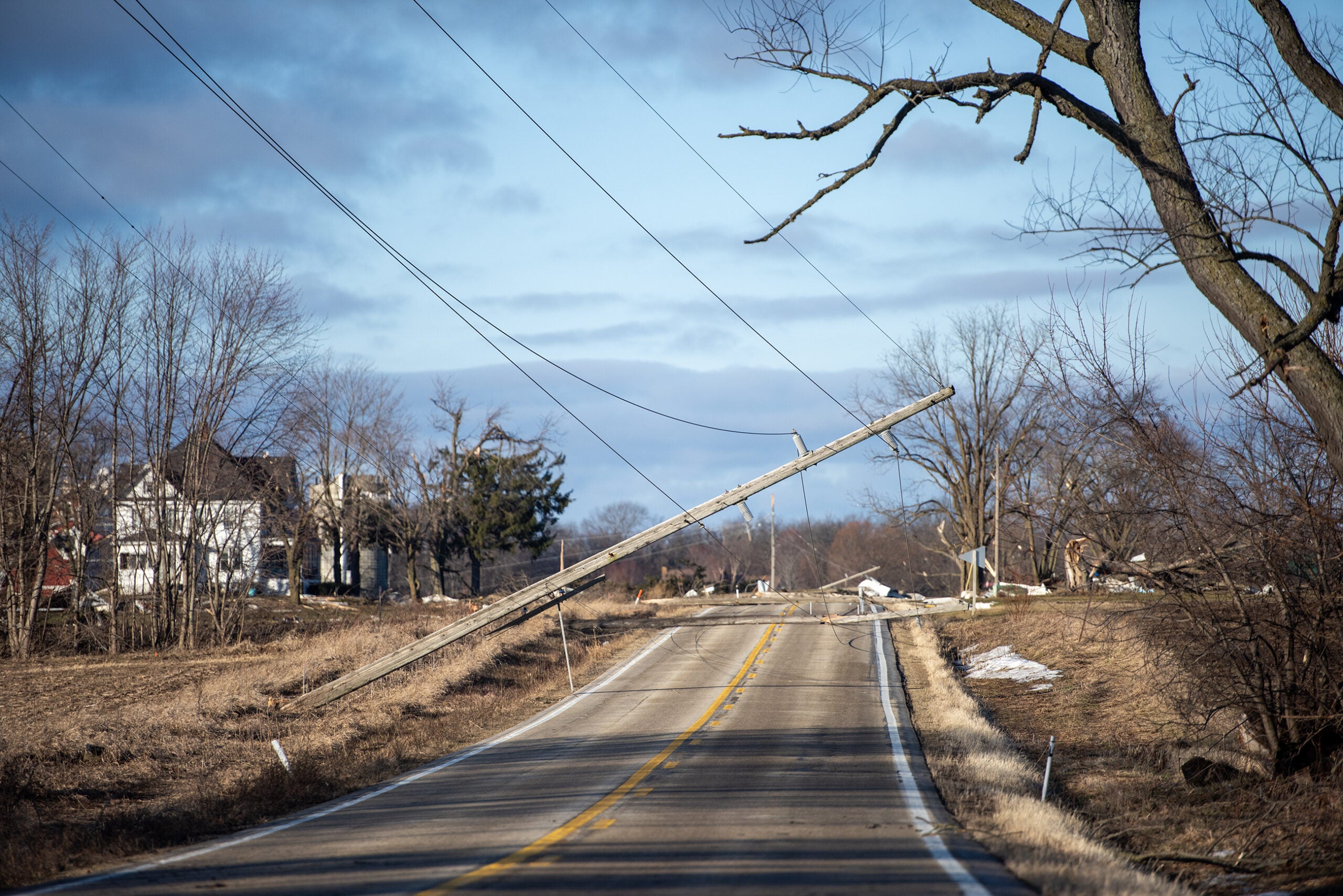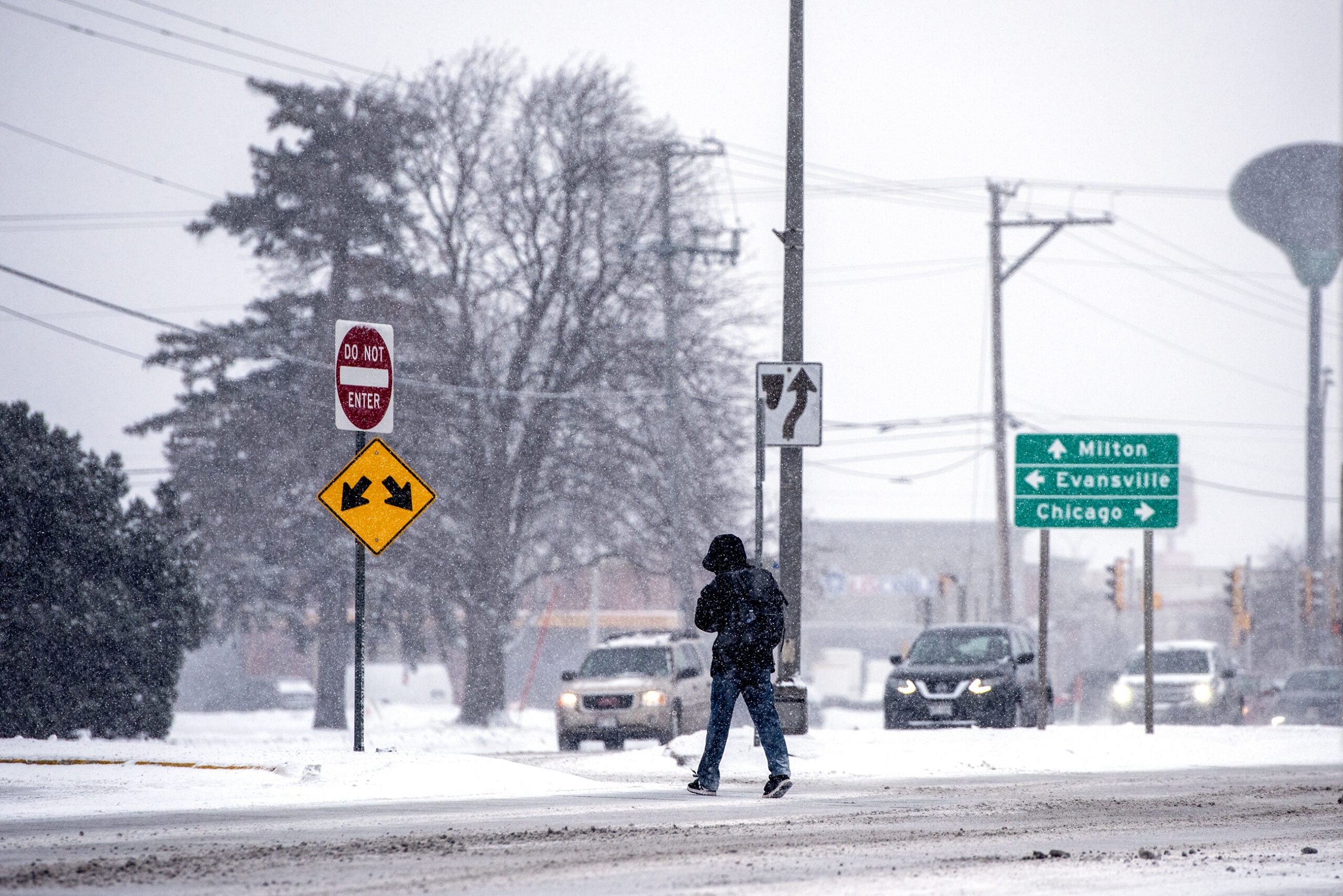When it comes to our buildings, there have been some long term consequences of this year’s wet weather. We talk with one of our home improvement experts about how to deal with moisture issues in the home, and as always, take your calls and questions about home improvement.
Featured in this Show
-
Winter Is The Perfect Time To Find Water Issues In Your House, Home Inspector Says
Nearly 16 inches of rain fell in Wisconsin from June to August, which is about 4 inches above average, according to the National Centers for Environmental Information.
The increased moisture levels bring about some difficult challenges for Wisconsin homeowners, said John Freiburger, a Wisconsin registered home inspector specializing in the evaluation of older structures.
“Envelope issues seem to be the bane of our existence here in Wisconsin,” Freiburger said. “We do not know how to keep water out of wall systems.”
With rain and snow to worry about for most of the year in Wisconsin, Freiburger worries new houses built in the last 15 years aren’t necessarily adequate to protect against the elements.
“We’ve seen a tremendous amount of damage to houses from water this year and tremendous amount of damage from mold. I think more than I’ve ever seen before, in 44 years of being in this business,” said Freiburger, owner of Freiburger and Associates in Fitchburg.
Winter can be an optimal time of year to check the envelope, or seal, of your home, and the easiest way to do it is through an energy audit, Freiburger said.
“An energy inspector is going to find where the big air leaks are in your house, and air leaks can produce water leaks,” he said.
Leaks can cause water vapor inside your house from putting moisture into the interior of the wall system, which could cause mold and fungal problems, Freiburger said.
Air leaks are easier to find via an energy inspector as they not only use blower door tests, but a thermal imaging test, and those are much easier to show problems in the winter.
“When you do it in the summer when it’s 72 degrees inside and 72 degrees outside, you don’t see much,” he said. “But when it’s 16 degrees and it’s 70 degrees inside your house, if you’ve got some holes in the insulation or holes in the air barrier, your energy inspector is going to pick that up.”
Episode Credits
- Larry Meiller Host
- Jill Nadeau Producer
- John Freiburger Guest
Wisconsin Public Radio, © Copyright 2024, Board of Regents of the University of Wisconsin System and Wisconsin Educational Communications Board.




